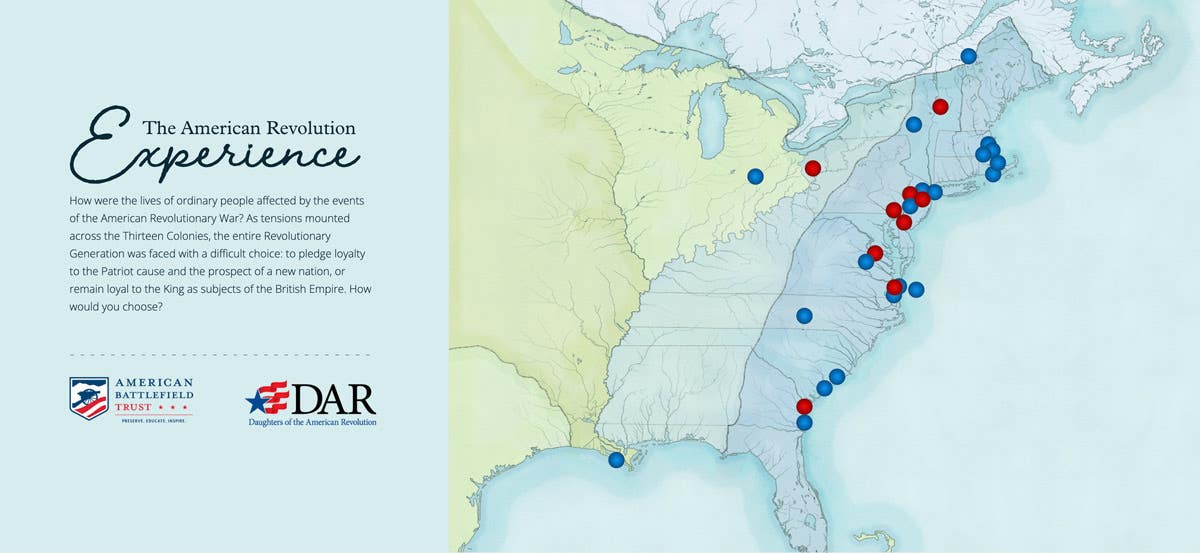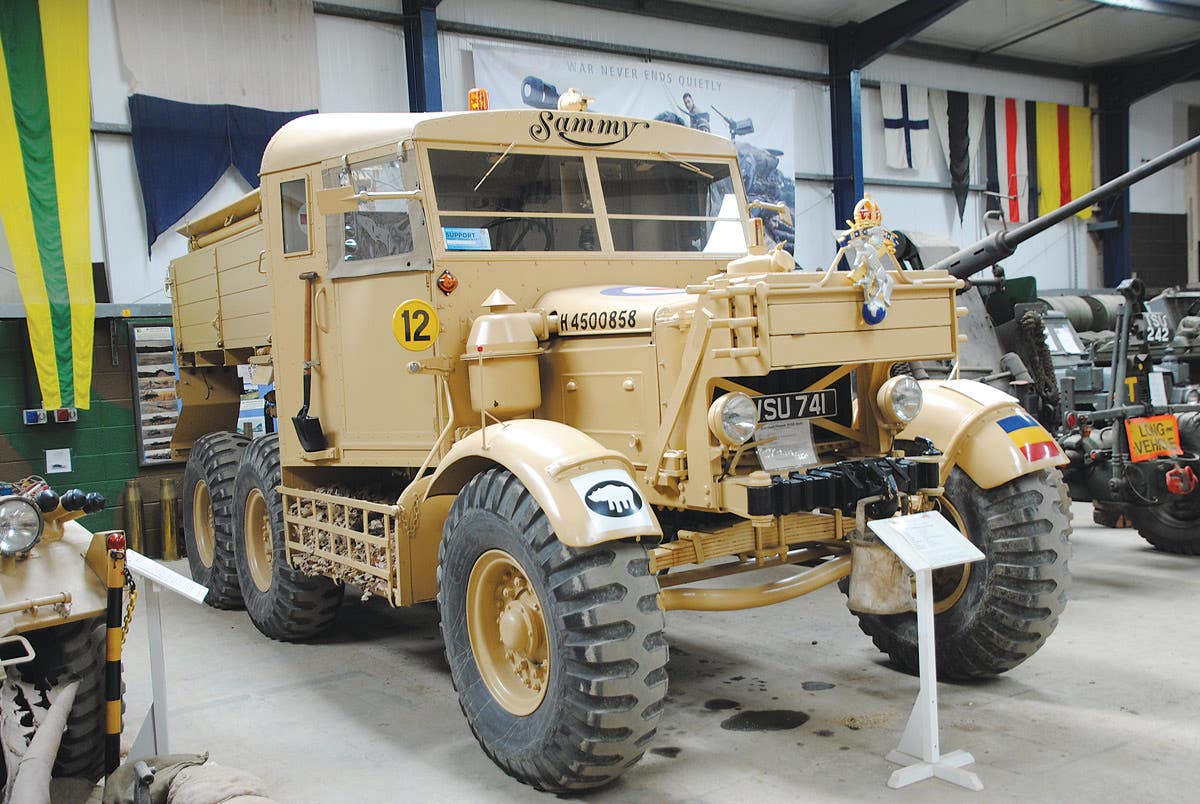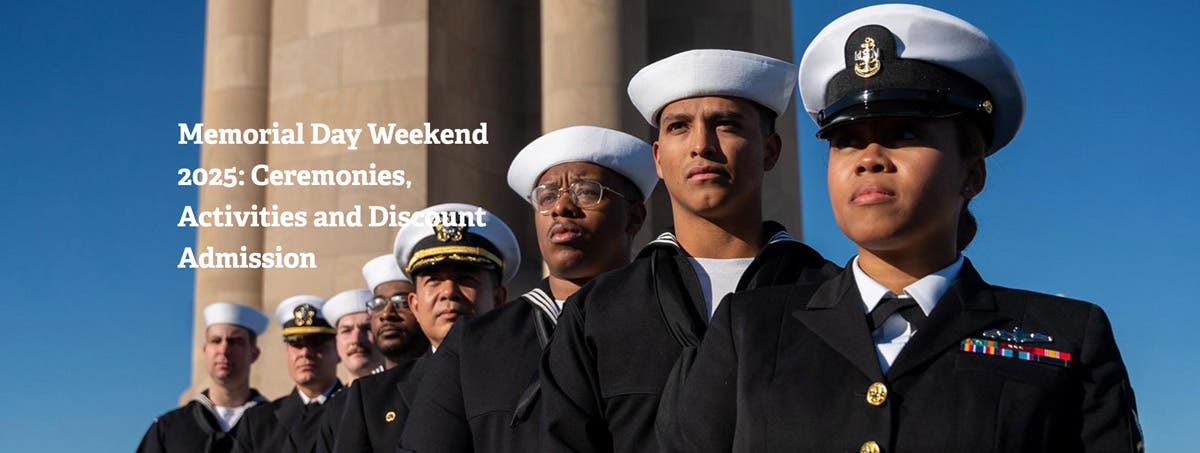‘Heritage’ isn’t a ‘Moving Target’
Hardly a day goes by when someone doesn’t send me an email with some pretty interesting photos or military history tidbits. I will admit, a lot of these are “forwarded”…
Hardly a day goes by when someone doesn’t send me an email with some pretty interesting photos or military history tidbits. I will admit, a lot of these are “forwarded” messages repeating news I had already learned from elsewhere, so they are deleted without even opening. Every once in a while, however, one catches my eye. I open it to see what someone else felt was important enough to send to me and a hundred or so of his closest friends.
Today, I received an email entitled, “FW: Shuttle Pictures.” Because the Space Shuttle Discovery was being transported to the Smithsonian Institute this week, I thought this email might contain something interest. Sure enough, have a filtered through all the forwarded versions of the email down to the original missive, I found three incredible, high-resolution images of the Shuttle. I was pretty excited because the photos appeared to have no restrictions and were large enough for me to be able to print them in the magazine, should the opportunity rise.
It was only after saving the images to my hard drive, that I read up through the subsequent forwards of the original email. Most of them repeated some version of, “Pretty cool photos.” That is, all of them except the last of the forwarded emails. The last person who forwarded the photos to my mailbox wrote, “Cool pics but I am so distressed about what is happening regarding the 1893 USS Olympia that I cannot enjoy them. Why can't American's get excited over all of their history and heritage? Getting any assistance for the USS Olympia has been like hitting a brick wall.”
My first reaction to the note was, “Well that was a shame this guy used someone’s generous sharing of photos to promote his own agenda rather than just say, ‘Thanks for the photos.’” That thought passed quickly though (I guess I am getting used to people usurping history for their own politics…remember that infamous politician’s declaration that Paul Revere wasn’t only warning the colonists? She changed history to fit her vision by declaring (without any supporting documentation), “…part of his ride was to warn the British that were already there that, ‘Hey, you are not going to succeed, you are not going to take American arms.’” This sort of (mis)using history to promote a personal agenda used to really honk me off, but I guess I am becoming a bit numb to it these days.
OLYMPIA: An Important Relic left to decay
What is the relationship between the Space Shuttle Discovery addition to the permanent collection of the Smithsonian and the plight of the USS Olympia? It would, at first, seem disjointed reasoning to think that there is a connection. The fact is, however, there is—and that connection is nostalgia.
The story of the Olympia has been covered in the pages of Military Vehicles Magazine and Military Trader before, but here is a quick summation: USS Olympia (C-6) was a U.S. Navy protected cruiser that saw service from her commissioning in 1895 until 1922. This vessel became famous as the flagship of CommodoreGeorge Dewey at the Battle of Manila Bay during the Spanish-American War in 1898. The ship was decommissioned after returning to the U.S. in 1899, but was returned to active service in 1902.
In 1917, she was mobilized again for war service, patrolling the American coast and escorting transport ships. Following the end of World War I, Olympia participated in the Allied intervention in the Russian Civil War in 1919, and conducted cruises in the Mediterranean and Adriatic Seas to promote peace in the unstable Balkan countries. In 1921, the ship carried the remains of the First World War’s Unknown Soldier from France to Washington, D.C., where his body was interred in Arlington National Cemetery. Olympiawas decommissioned for the last time in December 1922 and placed in reserve.
When, in 1957, the U.S. Navy ceded title to the Cruiser Olympia Association, she was restored to her 1898 configuration. Since then, Olympia has been a museum ship in Philadelphia that is now part of the Independence Seaport Museum. Olympia was designated a National Historic Landmark in 1966. It is the oldest steel US warship still afloat.
The Museum has been unable to fund essential maintenance for the old ship, and attempts to secure outside funding have failed. Therefore the current steward, under direction of the U.S. Navy has put the ship up for availability to new stewards. It will take an estimated $10 million to put the Olympia in a stable condition.
As of 2012, Olympia's future was uncertain; repairs are desperately needed to keep the ship afloat. Four entities from San Francisco, Beaufort, S.C., Philadelphia and Washington, D.C., are vying to be a new steward, but it is a race against time due to the waterline deterioration of the hull. As the current entities are in competition for the ship, no significant repairs have been done to the ship, although the current steward has done some minor repairs. In reaction to this gap in coverage, the National Trust for Historic Preservation (NTHP) has set up a fund repository. If funds are raised, they will be directly applied to immediate repairs of the vessel with the cooperation of the current steward.
In March 2012, the NTHP was considering a triple application by the Naval Historical Foundation, the Historic Naval Ships Association, and the National Maritime Association to have the Olympia placed on the NTHP's list of the eleven most endangered "places". The steward applicants from San Francisco (Mare Island), and Beaufort, S.C., have endorsed the application. Despite these positive steps, the Olympia is in critical danger due to the lack of funds.
SO WHY SAVE DISCOVERY AS THE OLYMPIA GOES UNDER?
The sender of the email asked an important question, “Why can't American's get excited over all of their history and heritage?” The answer, I am afraid is rather simplistic: A lot of history is celebrated, not because of a commitment to heritage, but rather, through a sense of nostalgia.
Nostalgia is a powerful feeling, though it is very difficult to pin down the cause and effect of nostalgia. The scientific literature on nostalgia is quite thin, but there are a few studies that have attempted to pin down the essence of nostalgia, and the reasons that we feel that warm glow when recalling the past. Smell and touch are also strong evokers of nostalgia and memories in general due to the processing of these stimuli first passing through the amygdala, the emotional seat of the brain. These recollections of our past are usually important events, people we care about or places where we have spent time. In common, less clinical usage, nostalgia sometimes includes a general interest in past eras and their personalities and events, especially the "good old days."
How does nostalgia play a roll in preserving Discovery while letting the Olympia slip into time? It is quite simple: Americans have a collective memory of Discovery’s role in their lives. Those who served on the Olympia or benefited from her active duty are gone. The children of those who served have lived long lives. The grandchildren are too far removed from the Olympia to possess a keen, active interest in her preservation.
We see that in our collecting hobby as well. During the 1840s, interest in collecting and preserving the relics and memories of the Revolutionary War were at an all-time high. People rushed to the side of surviving veterans to interview them, gather relics and even capture daguerreotype reflections of the old warriors. After the last veteran passed away, interest piqued as the children of veterans were engulfed with nostalgia for the heritage of their fathers, mothers, aunts and uncles. This wave culminated in 1876 and quickly subsided as nostalgia surrounding the Civil War (then already more than a decade in the past) swept the nation. This too, however, passed when 25 veterans gathered in 1938 for their last reunion at Gettysburg on the 75th anniversary of the battle. That, and the outbreak of WWII the next year, pushed the American Civil War down deep into America’s collective memory.
I am not saying that history is forgotten…far from it! I have dedicated most of my career to studying the diaries, memories and summaries of the Mexican-American War of 1846-1848. It doesn’t upset me that the vast majority of Americans care very little about this conflict. I accept the fact that it quickly passed from the American memory—never even enjoying that period of nostalgia because it was quickly overshadowed by the outbreak of the War Between the States. Our nation’s sense of “heritage” is a moving target, controlled, in large part, through a sense of connection—or in other words, “nostalgia.”
SHOULD IT BE SAVED?
As a former museum professional, I am accustomed to asking the question, “Sure it is cool, but should it be saved?” That is a tough one to answer in regard to most historical relics, structures or landscapes. It seems to always be a trade off: Save the battlefield, inhibit business growth. Save the log cabin, lose a prime building site. Save the trunk full of Finance Department documents from 1964, lose space to hang up Vietnam dress uniforms.
These decisions tend to take into account current perceptions and needs rather than any sort of quantitative analysis. I want to save the battlefield… Holiday Inn and McDonalds be damned! Save a log cabin at the expense of someone building their dream house? Heck yeah! But that trunk of Finance documents… gee, that is sort of boring. Pitch ‘em out and save the uniforms—those are much cooler!
You can see how dangerous those emotions can be. Just because I don’t get excited about finance documents, another researcher might be able to sift through them to uncover purchase agreements linked to the authorizations for escalated bombing in Vietnam. These would probably be much move valuable in telling the story of the War than a few more dress uniforms. History is too important to leave it up to a handful of people to decide its fate.
Gathering support for historic preservation can be daunting, however. Nostalgia plays an enormous role. The farther the event is from the collective consciousness, the less of role nostalgia will fulfill. And with less nostalgia, comes less willingness to commit financial support.
Education would seem to be way to counter the affect of waning nostalgia, but that doesn’t seem to be a high priority these days, if one pays attention to current political trends. Nostalgia is a wonderful thing… I enjoy strong doses of it daily. It is up to each of us though, to guarantee that nostalgia doesn’t supplant preserving our heritage. Somewhere, there has to be a balance. If we allow our heritage to be a moving target, the soldiers and sailors who served on the Olympia—as well as all those who served outside our current collective memory—will be forgotten.
Take aim on our history to preserve the memory,
John Adams-Graf
Editor, Military Trader and Military Vehicles Magazine
John Adams-Graf ("JAG" to most) is the editor of Military Trader and Military Vehicles Magazine. He has been a military collector for his entire life. The son of a WWII veteran, his writings carry many lessons from the Greatest Generation. JAG has authored several books, including multiple editions of Warman's WWII Collectibles, Civil War Collectibles, and the Standard Catalog of Civil War Firearms. He is a passionate shooter, wood-splitter, kayaker, and WWI AEF Tank Corps collector.







